Insider’s guide to… Kalbadevi
There is more to the neighbourhood than Metro Cinema. It’s stood witness to the freedom struggle and Mumbai’s economic history
It’s 9.30am when Anita Rane-Kothare takes us for a walk in Kalbadevi, from Metro Cinema to Bhuleshwar, Fort. The head of department of Ancient Indian Culture, St Xavier’s College, spent her childhood here. “I used to love walking around these narrow, interconnected lanes,” she says.
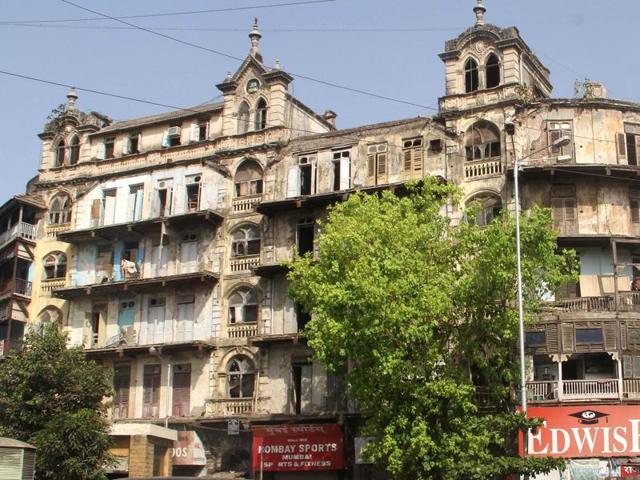
The area gets it name from a temple of goddess Kalbadevi. It is also believed that the temple was actually built in Mahim, but was relocated by the British government to lay a tramline in Mahim. The original structure was demolished and the government financed the construction of the present structure.
A hotspot for cloth trade in the early 1900s, Kalbadevi is today known for its vessels, trophies and cycles shops.
Did you know?
>> The area is has a mix of Gothic and Indian architecture. The buildings sport arched corridors and arches on the window frames. One can see flora and fauna native to the Indian subcontinent carved on the arches.
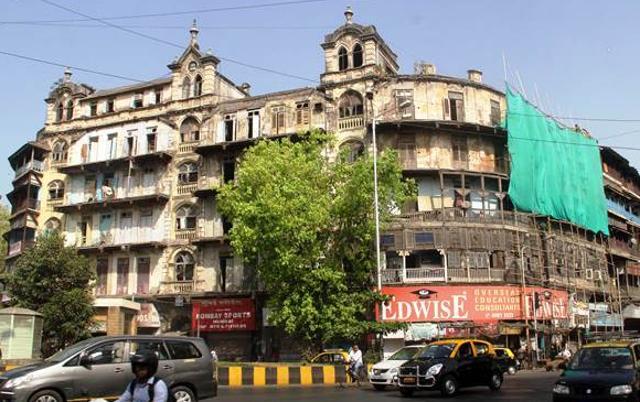
>> The Kalbadevi stretch houses a number of old book shops for used and new books. For instance, the New and Secondhand Bookshop was founded in 1905 and was the oldest store in the area. Unfortunately, it no longer functions.
Also read: Insider’s guide to... Thakurdwar
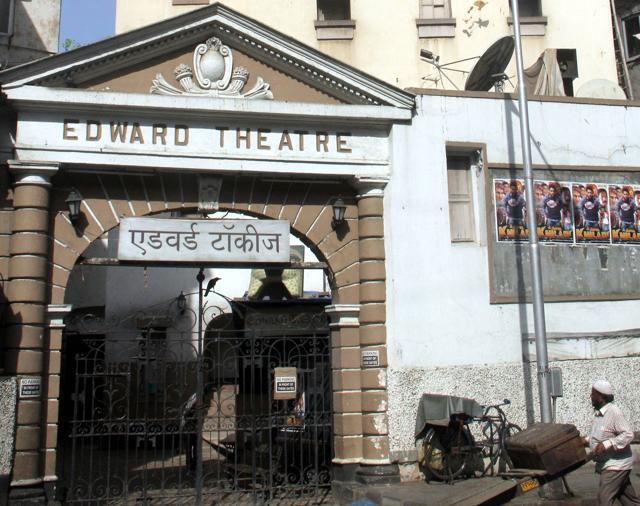
>> Picket Road, a street in the vicinity, was originally known as RS Sapre Road, and was named after the man who first opened a typing business here. Even today, one finds shops that house functioning typewriters. You can get a document typed in the old-school typewriter print.
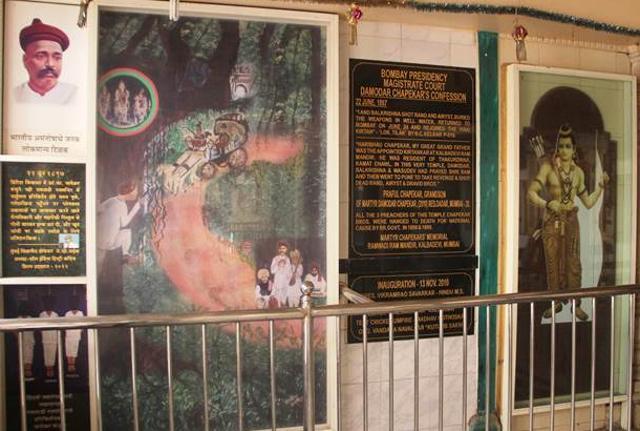
>> Dawa Bazar, located near Crawford Market, is a popular lane for wholesale homeopathic, allopathic, and ayurveda medicines, as well as medical equipment.
Also read: Insider’s guide to... St Xavier’s College
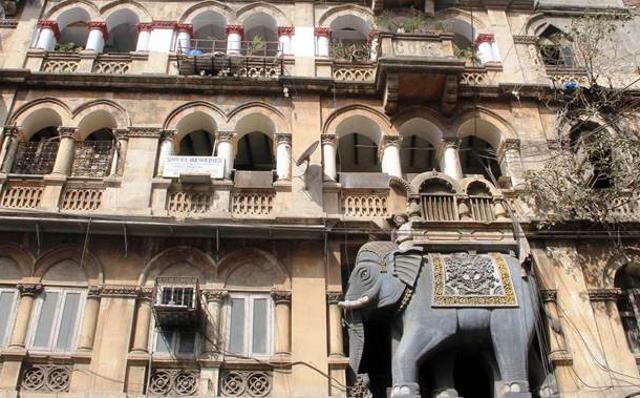
>> The Tamba Katta lane in the area is popular for selling copper and steel vessels. Earlier, people would sell their old vessels in exchange of new ones. The lane also housed, what the residents called a Pydhonie well — which literally translates to washing ones feet. Travellers to Mumbai would wash their feet after a long day’s journey and then enter the city.
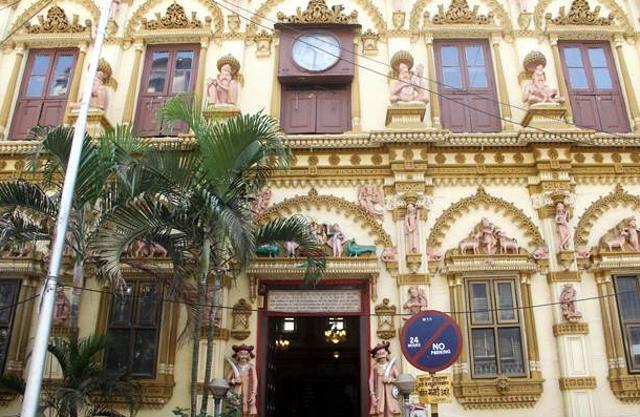
>> The Lawyer’s Chamber at RS Sapre Road earlier had lawyers residing due to the proximity of Small Causes Court and High Court. Now, it only houses offices.
.





